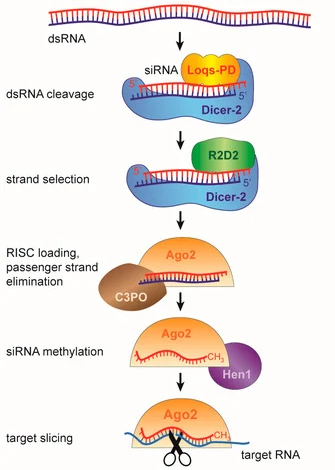


is beehaw related to lemmy?



No love for Star Wars? :(

Yup it seems crazy to me how deep insights one needs to have to be able to, say, connect the dots between compression and machine learning. And now it looks to me like he has done a lot of the foundational work in these fields. Super cool stuff
Too lazy to check, but is this the Rivest from the RSA algorithm?
Since you’re seeking for answers within physics buzzwords, you’re missing a lot of nuance which is causing you to come up with nonsensical theories. For one, the wavefunction doesn’t exist ‘in’ the particle, it is the particle. A wavefunction collapsing is what causes a particle to show up in a specific location (going by the most prominent interpretation of the wavefunction); as long as the wavefunction is non-zero at more than one location, the particle exists in all those locations.
Equipped with this knowledge, phrases like “a wavefunction collapsing in such a way that it absorbs light” or “change the composition of atoms” make no sense, so I’d suggest you to rethink your assumptions, and, if possible, not look at quantum mechanics as a magic black box that can explain everything a mind can conjure up.


Like you said, there’s a metric ton of steps involved in the overall process, and our understanding of each of these ‘levels’ of organization varies quite a bit. Closest to my personal expertise is the sub-cellular and cellular level, for which I would refer you books or papers in developmental biology, developmental genetics, and epigenetics. I can give you a couple bloopers to get you excited though:
When it comes to deciding where different organs will form (again, from a sub-cellular level), it essentially starts from a concentration gradient of certain proteins/chemicals inside the zygotic cell. This gradient then determines the level of activation of other proteins, each level then leading to different biochemical cascades which, once more cells have formed from the zygote, determine which organ systems will come from them. Messing around with this concentration gradient can, thus, dramatically affect an organism’s development, leading to, for example, a body with just ‘left’ organs on both halves, just ‘top’ organs on both halves, missing an entire organ system (like circulatory system and heart) and so on.
A more or less similar process occurs to determine the shape of organs. As a simple example, when some animals with regenerative capabilities (like axolotls) lose a limb, they are able to regrow the limb to the exact same length as before. Turns out, each cell on the periphery of their limb has a certain concentration of receptor proteins on its surface, which acts as a molecular ‘signature’ of that cell’s position in the limb. These signatures provide information on how far to grow the limb for regeneration, and some chemicals, lile retinol, can even override these signatures and fool the organism’s body into regrowing the limb from scratch on top of the place of regeneration.
I hope these examples give you an introduction to the mechanisms involved. There’s obviously a lot more involved, so I would again highly recommend textbooks and research papers if you’re interested.


Last I checked (which was some time ago), pandoc-bin doesn’t require the haskell dependencies. I saved quite some installation time (and screen space during installation) by switching.
As someone who is often unable to even enjoy soda because it immediately starts bubbling up and only remains as a sugary liquid by the time it reaches the esophagus, I guess I can’t replicate your observations. Also, I guess I need more water in my mouth before I can let Jesus into it (for a more pleasant experience for both of us)
Chemists are just bags of chemicals talking about chemicals
If only it worked; the mentos would start disintegrating by your saliva and the coke would already form bubbles as soon as it enters your mouth thanks to the rough surface inside 🤓
IIRC it doesn’t; that has caused me pain so many times when trying to generate fractional range
That won’t work tho, you need to make it sys.maxsize//2 to coerce the output into int form
Yeah it’s in no way a replacement to more conventional search engines, but it’s a nice thing in itself
I bought mine through them, it’s very slightly more expensive (less expensive than I’d consider a dealbreaker), but I don’t see anything that’d make it worse than other registrars. At the same time, I’m not very familiar with how other domain registrars work, so I’m probably not the best person to give a review
That may be exactly what I need when searching for some highly technical problem lol
Huh I didn’t notice that. That does sound a bit weird :/
Indeed, an integer is divisible by 3 if and only if the sum of its digits is divisible by 3.
For proof, take the polynomial representation of an integer n = a_0 * 10^k + a_1 * 10^{k-1} + … + a_k * 1. Note that 10 mod 3 = 1, which means that 10^i mod 3 = (10 mod 3)^i = 1. This makes all powers of 10 = 1 and you’re left with n = a_0 + a_1 + … + a_k. Thus, n is divisible by 3 iff a_0 + a_1 + … + a_k is. Also note that iff answers your question then; all multiples of 3 have to, by definition, have digits whose sum is a multiple of 3
I tried it once a few years ago and it seemed to work fine enough for me. I can’t say how exactly it works now, but there is (or at least used to be) a free plan with limited functionality, so I figured it might be interesting to you